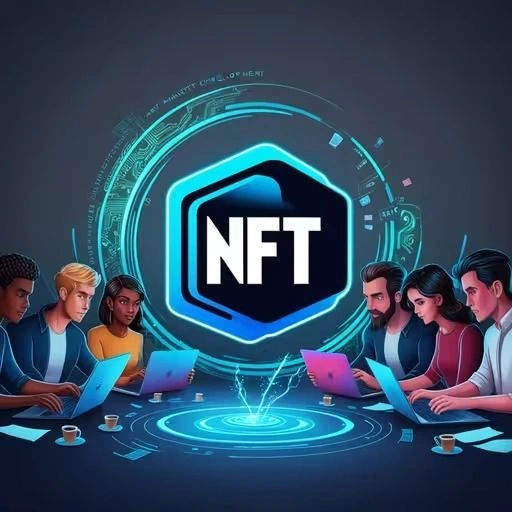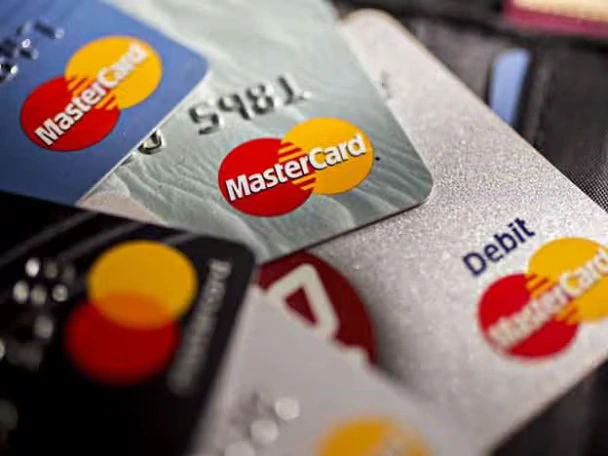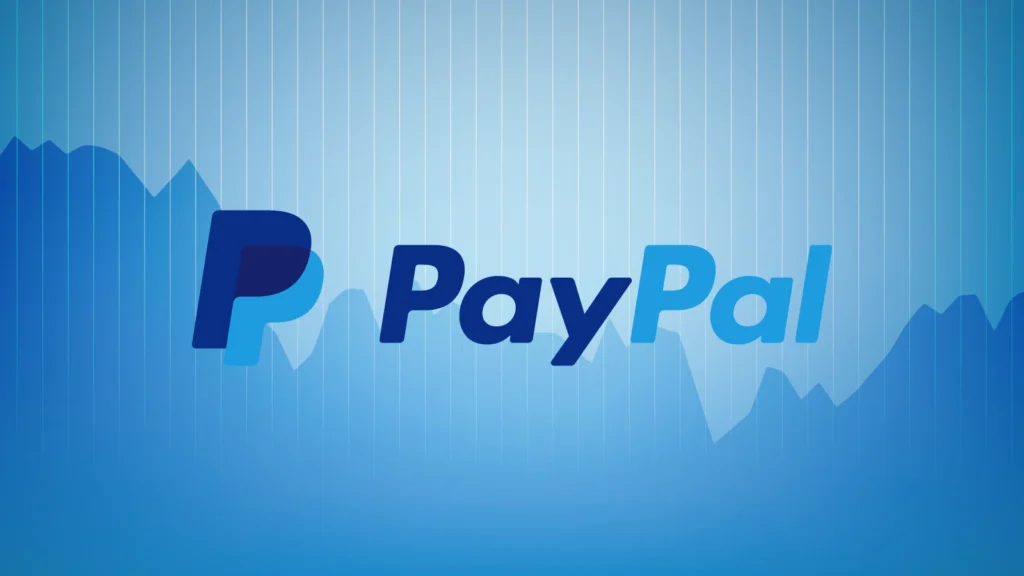Web3 Fintech Payment Trends: Myths, Hype & What’s Actually Happening
November 19, 2024

Let’s cut through the noise — Web3 fintech payment trends sounds like a Silicon Valley buzzword salad. But here’s the uncomfortable truth: beneath the jargon, something real is shifting. And it’s not just for crypto bros and blockchain evangelists.
Whether you’re tapping your phone to buy coffee, holding a bit of Bitcoin, or wondering why bank transfers still take days — you’re already touching the edges of this evolution.
Let’s bust some myths.
Web3 fintech payment trends: Myth #1- Web3 Is Just a Fancy Tech Trend With No Real Use Case


Reality: Web3 isn’t just about new coins or gimmicky apps — it’s a re-engineering of how we handle money. Built on decentralized, blockchain-based systems, Web3 puts control back in users’ hands.
Picture this: digital wallets that connect directly to smart contracts — no banks, no middlemen, no paperwork. That’s not a theory; it’s already happening. Decentralized finance (DeFi) lets people borrow, lend, and earn interest without ever stepping into a bank branch.
Sure, it’s not perfect — security risks and regulatory gaps are real. But dismissing it as “just a trend”? That’s outdated thinking.
Myth #2: No One Is Actually Using Web3 Payments


Reality: Adoption is growing — and fast. Let’s look at what’s actually changing:
- Token-based payments are becoming practical. Platforms like Solana Pay and Ethereum wallets make it easier to use crypto for daily transactions.
- Embedded crypto wallets in apps mean you don’t need to be a tech genius to send or receive crypto anymore.
- Cross-border payments are being revolutionized — faster, cheaper, and more transparent than old-school wire transfers.
- And yes, NFTs as payment tools are real. Companies are using them as prepaid credits, event passes, and more.
It’s not mass adoption yet, but the infrastructure is solid and the momentum is clear — especially among younger generations and digitally native businesses.
Myth #3: Big Fintechs Don’t Really Care About Web3


Reality: They absolutely care — because they don’t want to be left behind.
- Stripe supports crypto payments.
- PayPal lets users buy, sell, and hold crypto assets.
- Mastercard is rolling out crypto-linked cards and experimenting with decentralized ID verification.
This isn’t fringe innovation anymore. When the biggest payment processors in the world start integrating Web3 tools, you know it’s not just a phase.
They’re not jumping in because it’s fun. They’re doing it because Web3 is threatening to redefine the entire financial landscape — and they want a seat at the table.
Web3 fintech payment trends: Myth #4- Web3 Is Fast, Cheap, and Ready for Everyone

Reality: Not so fast. While the potential is there, the execution is still rocky.
- Many blockchain networks can’t handle high transaction volumes without slowing down or racking up ridiculous fees.
- The user experience? Still clunky. Losing a wallet seed phrase means losing your money — no “forgot password” option here.
- And don’t even get started on regulation. Some countries are welcoming; others are cracking down. It’s a legal minefield for businesses and users alike.
So no, Web3 payments aren’t seamless or universal — yet. But the technology is evolving fast, and each upgrade gets us closer.
Myth #5: This Doesn’t Affect Regular People Like You and Me
Reality: It already does — even if you don’t realize it.
Web3 fintech isn’t about replacing your bank overnight. It’s about rewiring the pipes behind the scenes. You might still tap your card at checkout, but that transaction could soon be running on blockchain rails.
In a few years, your paycheck might land in a digital wallet, not a checking account. You might borrow money from a smart contract, not a lender. You might verify your identity through blockchain, not paperwork.
It won’t all happen tomorrow — but it’s happening.
Final Thought: Don’t Buy the Hype — or the Dismissal

Web3 fintech payments are not magic, and they’re not nonsense. They’re a fundamental rethink of how money moves, who controls it, and how we interact with financial systems.
Yes, there’s noise. Yes, there are flaws. But if you ignore it completely, you risk missing out on one of the most important financial shifts in decades.
Whether you’re a developer, an entrepreneur, or just someone curious about what’s next — keep watching. The future of money is being built right now.
Relevant News: Here

